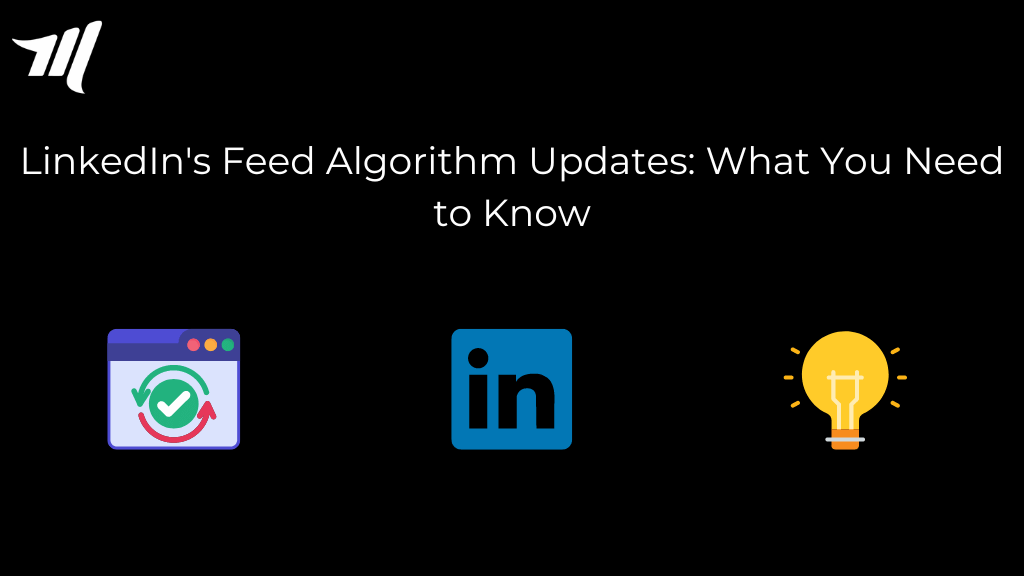LinkedIn has announced some of the most recent improvements to its content distribution algorithm, which may modify your posting strategy in the app, including a greater emphasis on meaningful, evergreen updates, ongoing efforts to fight clickbait approaches, and changes to its “Creator Mode” offering.
The notes come from an interview with LinkedIn’s editor-in-chief Dan Roth and senior director of engineering Tim Jurka on Entrepreneur’s “Problem Solvers” podcast, which you can listen to here. If you’re serious about maximizing your LinkedIn performance, it’s worth taking a listen and hearing the latest advice directly from two of the app’s top decision-makers.
The complete conversation has an abundance of information, but here are some of the highlights.
First and foremost, LinkedIn says it aims to prioritize maximizing value in the app over timeliness, which might result in more material having a longer shelf-life.
As stated by Entrepreneur:
“Say you went to LinkedIn and provided a lengthy lecture on beverage marketing. Typically, such posts would be removed from people’s feeds after a few days or longer. LinkedIn is now thinking differently. It may recognize your post as particularly valuable, and if other users have an interest in beverage marketing, it may include your post in their feed as a special “suggested post.” This means that your work might linger on for months or even years, reaching a highly focused audience.”
The main aim of this change, according to LinkedIn, is to better line with its objective of “connecting the world’s professionals to economic opportunity,” through focused, relevant information that helps users expand their expertise in their unique areas of interest.
So, rather than writing about topical, trendy subjects, which has always been the greatest method to maximizing traction in social applications, you may experience a greater advantage from making more in-depth, intelligent pieces, that include information that people cannot find anywhere else.
Indeed, Roth believes that LinkedIn members should avoid tracking posting trends such as the best times to post, post length, and so on. Instead, Roth suggests that members focus on sharing their expertise and ideas.
“If you can simply share information with the world, I guarantee that everything will work out. They may not always work for every single post, but they will work for you over time.”
This may be something to think about while developing your platform strategy.
Another important point raised by Roth is the platform’s shift away from clickbait-style, spaces-between-sentence articles, sometimes known as ‘broetry’ a few years ago. LinkedIn users have long used this strategy to increase post reach since readers are obliged to touch on the “Read more” prompt to acquire the full context. Previously, LinkedIn’s algorithm recognized those clicks as positive involvement, increasing its ranking signal.
But, according to Roth, LinkedIn no longer counts “read more” clicks in the same manner.
“As soon as we realized what people were doing, and that we had incorrectly attributed the ‘read more’ button as a signal that people were getting some value out of [a post], we just stopped using that as a signal.”
So there’s no use in encouraging people to click through to expand an article for your full insights.
According to this update, LinkedIn has been working to eliminate “broetry” for quite some time.
Among the other notes from Roth and Jurka:
- LinkedIn is creating additional CTA button choices for user profiles, including “Subscribe to My Newsletter” and others. Custom CTA buttons were a feature of “Creator Mode,” which LinkedIn recently discontinued, and its main features are now available to all LinkedIn members.
- LinkedIn has discontinued the word ‘creator’ since most LinkedIn users already have other professional titles (such as “doctor” or “lawyer”) with which they identify.
- LinkedIn intends to extend its newsletter offering this year.
These are some fascinating points that could assist you develop a more effective LinkedIn strategy based on its primary areas of focus.
For example, if you have a blog article or piece of research that is often referenced, it may be worth re-sharing it on your corporate page to coincide with this current drive for more valuable content.
Perhaps, in the long run, this will lead to better benefits for your LinkedIn referral traffic.





